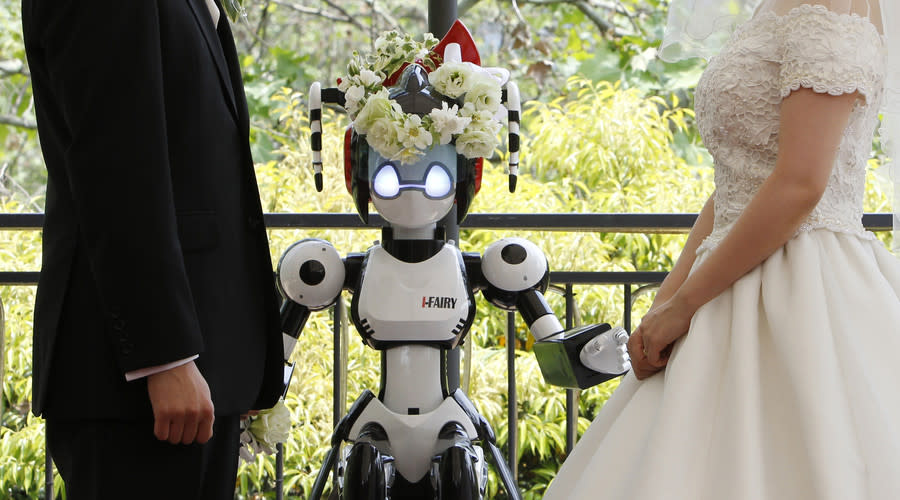Nvidia research chief: AI still lacks a crucial element
In the wake of Amazon’s hiring debacle involving an artificial intelligence (AI)-powered recruiter discriminating against women, experts maintain that machines themselves aren’t biased — they’re only mirroring and amplifying cultural biases in the real world.
The solution to shoddy machine learning, these experts say, is deceptively simple: better data.
AI is ‘really like the wild, wild West’
Worldwide spending on cognitive and artificial intelligence (AI) systems reached an estimated $19 billion, almost doubling the amount from 2017, according to research firm IDC. The promise of AI technology has spawned a race between the U.S. and China, both fighting for the title of global leader. According to a report by PwC, the industry is expected to boost U.S. GDP by 14.5% by 2030 — second only to China, which is expected to see a 26.1% boost.
“The internet made it possible,” Anima Anandkumar, director of machine learning research at Nvidia (NVDA) and a Bren Professor at Caltech, told Yahoo Finance. “We would not have been able to collect data on that scale [without it].”
With more data, engineers can model more scenarios for the machine to automate time-consuming processes, from sifting through thousands of resumes to detecting cancerous cells in human bodies. But given that much of AI is dependent on data, where it comes from — and how much of it is usable — is important.
“We know the content, and the internet, is not balanced,” Anandkumar said. “And it’s not one person controlling it. It’s really like the wild, wild West.”

Regulating human behavior to improve AI
David Schubmehl, research director of Cognitive/Artificial Intelligence Systems at IDC, explained that when someone sets up an algorithm for machine learning, the outcomes are based on existing trends the algorithm identifies and features that recur.
“Let’s say you’re looking at the number of police incidents over a geographic area,” Schubmehl told Yahoo Finance. The machine-learning system will start to look at evidence of burglaries in that area “based on the different attributes you collect, such as whether the person arrested is male, female.”
It will then discover commonalities and mark them as an identifiable feature. Then the AI teaches itself what features to search for, which eventually become part of the algorithm.
So “when you start to collect that type of information, you have to be careful that you’re not implicitly biasing the system,” said Schubmehl. “Some of the features it identifies may or may not be rational.”
“Algorithms cannot completely model the real world,” Anandkumar said, noting that “the algorithm by itself is not the main culprit. … We need to figure out ways to regulate human behavior more than anything else.”

‘Humans are predisposed to bias’
In the meantime, preemptively weeding out biased outcomes can prevent these existing biases from being replicated in machines.
For example: When it comes to hiring — given that a significant portion of the U.S. labor force has a criminal charge against them — San Francisco-based background check company Checkr made sure their system didn’t unfairly discriminate against such candidates by making sure they remained in the applicant pool (as opposed to being automatically filtered out in a traditional system).
“Humans are predisposed to bias,” Tomas Barreto, VP of product and engineering at Checkr, told Yahoo Finance. Barreto’s team, which has used AI to scan 15 million candidates as of October 2018, created a method of classifying the different types of charges based on the level of severity of the offense, which they then examine for specifics. The effort is an attempt to make sure candidates aren’t eliminated because of past misdemeanors.
“Our process is to gather facts,” added Barreto. “So our job, in that case, is not to filter out or make a subjective decision about whether the candidate is a good candidate or a bad candidate.”
Read more: All the things consumers can do with facial recognition in China
Follow Yahoo Finance on Twitter, Facebook, Instagram, Flipboard, LinkedIn, YouTube, and reddit.

 Yahoo News
Yahoo News 

